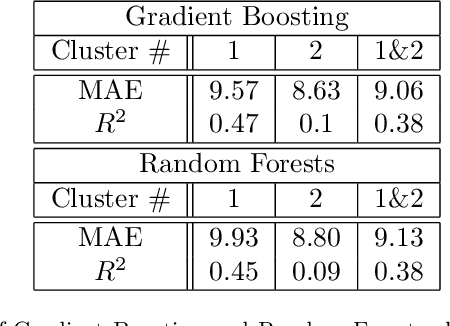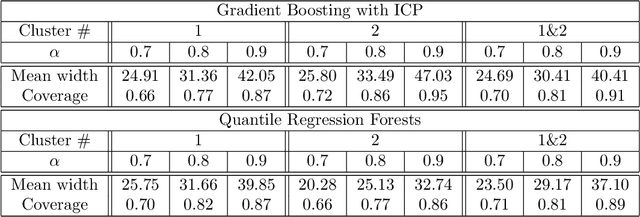Ivan Makhotin
Machine learning for recovery factor estimation of an oil reservoir: a tool for de-risking at a hydrocarbon asset evaluation
Oct 22, 2020



Abstract:Well known oil recovery factor estimation techniques such as analogy, volumetric calculations, material balance, decline curve analysis, hydrodynamic simulations have certain limitations. Those techniques are time-consuming, require specific data and expert knowledge. Besides, though uncertainty estimation is highly desirable for this problem, the methods above do not include this by default. In this work, we present a data-driven technique for oil recovery factor of hydrocarbon reservoirs using parameters and various representative statistics. We apply advanced machine learning methods using extensive historical worldwide oilfields datasets (more than 2000 oil reservoirs). The data-driven model might be used as a general tool for rapid and completely objective estimation of the oil recovery factor. In addition, it includes the ability to work with partial input data and to estimate the prediction interval of the oil recovery factor. We perform the evaluation in terms of accuracy and prediction intervals coverage for several tree-based machine learning techniques in application to the following two cases: (1) using parameters only related to geometry, geology, transport, storage and fluid properties, (2) using an extended set of parameters including development and production data. For both cases model proved itself to be robust and reliable. We conclude that the proposed data-driven approach overcomes several limitations of the traditional methods and is suitable for rapid, reliable and objective estimation of oil recovery factor for hydrocarbon reservoir.
Gradient Boosting to Boost the Efficiency of Hydraulic Fracturing
Feb 19, 2019



Abstract:In this paper we present a data-driven model for forecasting the production increase after hydraulic fracturing (HF). We use data from fracturing jobs performed at one of the Siberian oilfields. The data includes features of the jobs and a geological information. To predict an oil rate after the fracturing machine learning (ML) technique was applied. The ML-based prediction is compared to a prediction based on the experience of reservoir and production engineers responsible for the HF-job planning. We discuss the potential for further development of ML techniques for predicting changes in oil rate after HF.
 Add to Chrome
Add to Chrome Add to Firefox
Add to Firefox Add to Edge
Add to Edge